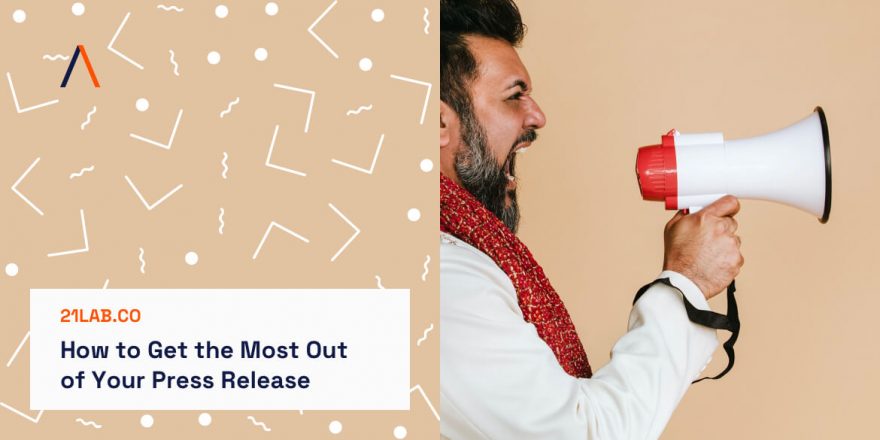At Power Digital Marketing, we know how difficult it is to build a high converting landing page for your business and industry vertical, but with these five best practices we hope we can get you started on the right foot towards a higher conversion rate and lead generation. Now there are more than just five landing page best practices, but today we’ll be going over the ones that we’ve seen transform into a high converting landing page again and again in testing and implementation with over a hundred clients.
The key to utilizing these landing page best practices and getting higher conversion rates requires us to be analytical with the data we are seeing with our tools like Unbounce and Hotjar/Lucky Orange (for heat mapping) and being consistent with our A/B testing. Now assuming you have a strategy for testing and have set up your tools properly, let’s dive into our CRO marketing best practices.
Best Practice #1: Have only one conversion goal and CTA
To start off this list, we have a relatively simple yet often overlooked philosophy of only having one conversion goal and a CTA button that aligns with said goal. Why do we want to only have one path to conversion on our landing page design?
Let’s say you were running a PPC campaign with a very clear CTA that a potential customer clicks on and lands on your page that has several different CTAs and conversion possibilities. Not only is your PPC manager mad at you because their conversions are going down the drain, but your website visitor is more likely to go down another path, away from your offer. The reason we call them landing pages and not websites is because they are very specialized for one goal; adding multiple goals to a landing page is like poking holes in your straw while drinking — very inefficient and frustrating.
So when you are building out a landing page strategy, make sure you only have one concrete conversion goal and offer on the page. Not only will you see an increase in your conversion rate, but it makes creating content for said page a lot easier if everything is driving towards a singular goal.
Best Practice #2: Make sure your offer is appropriate for the stage of the funnel
That seems like it should be common sense, but isn’t followed nearly as much. If I just heard about your brand from an article I read, I’m not likely to immediately convert to an offer that exists at the bottom of your funnel and request a quote or proposal. Now would I be willing to give you my email for an ebook or similar low-stakes offer? Potentially, if the content was relevant to me.
When using landing pages as a part of a PPC campaign, you might not need to worry too much about a potential customer being at the right part of the funnel because a good PPC manager will make sure they are going after the right target audience. However, it’s still something you need to consider during the planning stages of your landing page optimization strategies and deciding what content would be appropriate for someone at that stage of the funnel.
Best Practice #3: Use a multi-step form
Now, this best practice is specific to a lead-generation landing page, but is crucial to increasing your conversion rates for pages that include forms with more than four input fields. In practice, a multi-step form breaks up several fields into multiple steps, hence the name “multi-step.” When a visitor completes one step of the form, they continue on to the next step, until the form is submitted.
The strategy behind multi-step forms is the idea that visitors are more likely to complete something that they’ve started. This stems from project management psychology that we as humans don’t want our efforts to go to waste once a task is started, also known as “sunk costs.” That is why we want the first step of the multi-step form to be the easiest to complete.
The key to a high-converting multi-step form is sorting your fields, starting with the fields that are least threatening (something like “How many pets do you have?”) to most (contact information, name, email, phone, etc.). The first step of the form is to use the least threatening fields to reduce the amount of friction it takes to start filling out the form, with the following steps utilizing higher threat level fields.
Best Practice #4: Personalize your landing page design
Personalizing your landing pages is something that is relatively new and becoming easier to do using dynamic keyword injection and platforms like Proof and Dynamic Yield. The idea behind personalized landing pages is to cater content to your customer and create a unique experience that connects to them and is more likely to convert. Personalization is great, but you need to exercise some restraint. People might like that content on a page being specific to them, but being too specific can have an adverse effect. For example, if you landed on a page that knew intimate details about you such as your age, race, gender, etc. and displayed it prominently, how would that make you feel? Gross? Violated? Would you convert? Not likely.
Best Practice #5: Make it load fast
Probably one of the most important aspects of an effective landing page is how fast it loads. Page speed is one of those things that is more technical, but is fairly easy to improve assuming your landing page is running on fast and stable servers.
The first step you want to take when optimizing your page speed is to optimize your image files. A landing page builder like Unbounce automatically optimizes your images when you upload them, but if you don’t have access to Unbounce or Photoshop, running your files through TinyPNG is a great way to reduce file size, and therefore improve your page speed.
Another factor to page speed that is easy to change is reducing or replacing scripts that are running on your landing page. As a digital marketing agency, we love scripts that track as much information as possible so we can improve our strategies, but having too many scripts or custom scripts can adversely affect our page speed. To check if the scripts you are running are noticeably slowing your page speed, make sure you analyze your page using Google PageSpeed Insights or GTmetrix. Both services are free and only need the URL of your page to analyze and give you actionable insights into your load times.
The Bottom Line
These best practices are just what we have seen to work with our clients, increasing their landing page conversion rates again and again. Remember that best practices are nothing if you don’t have a consistent testing strategy to make sure that what you’re changing on the page is what’s causing your successes — or failures. We have many great articles on how to start testing your landing pages, 7 Tips for A/B Testing your Facebook Ads and Website CRO: Optimize Landing Pages With These Tips being two of my favorites. Now go update your existing landing pages.
Source: https://powerdigitalmarketing.com/






